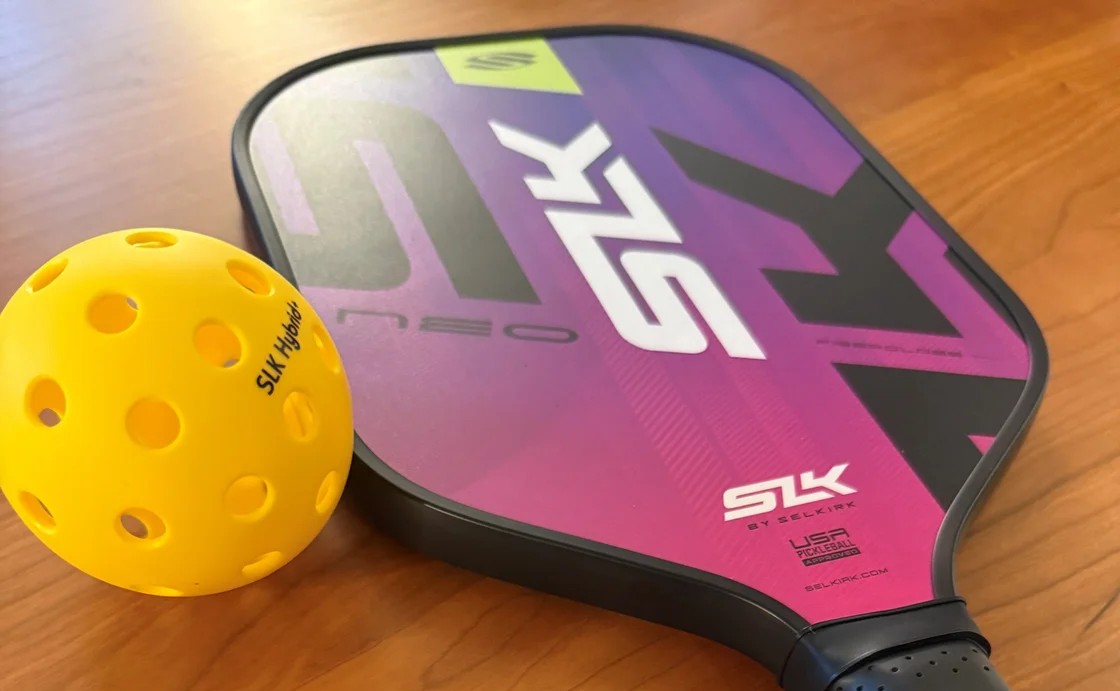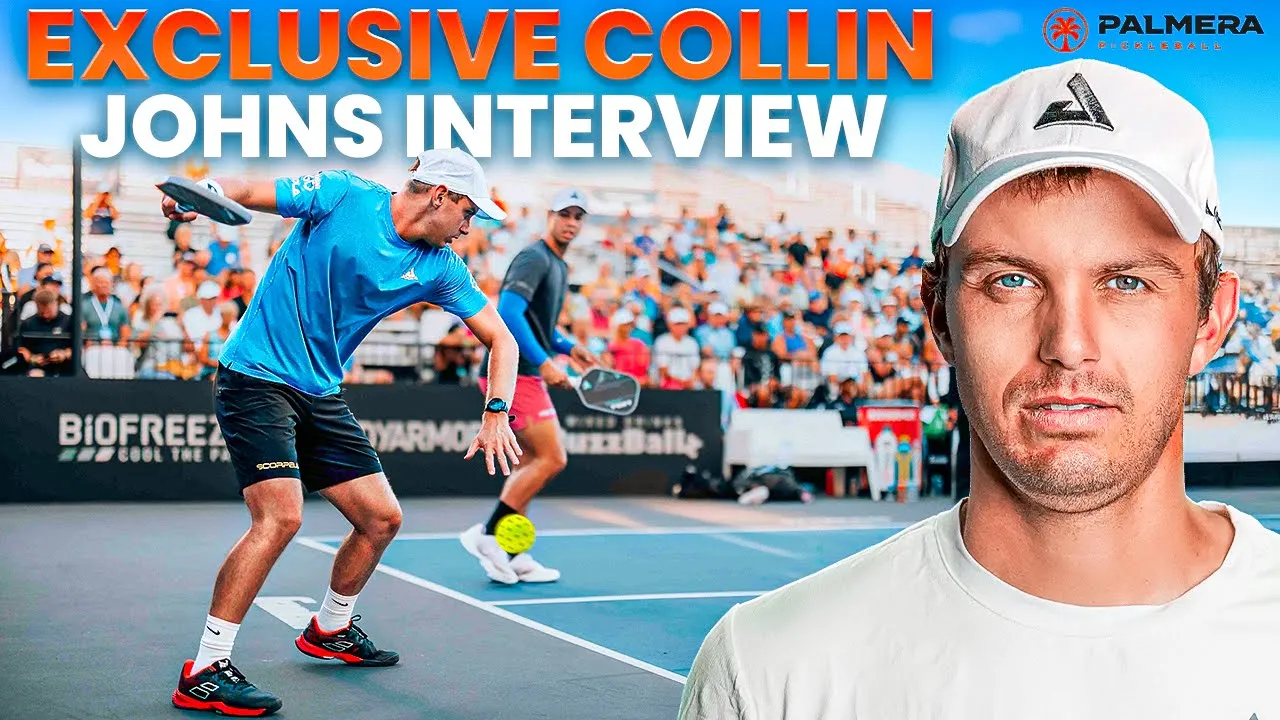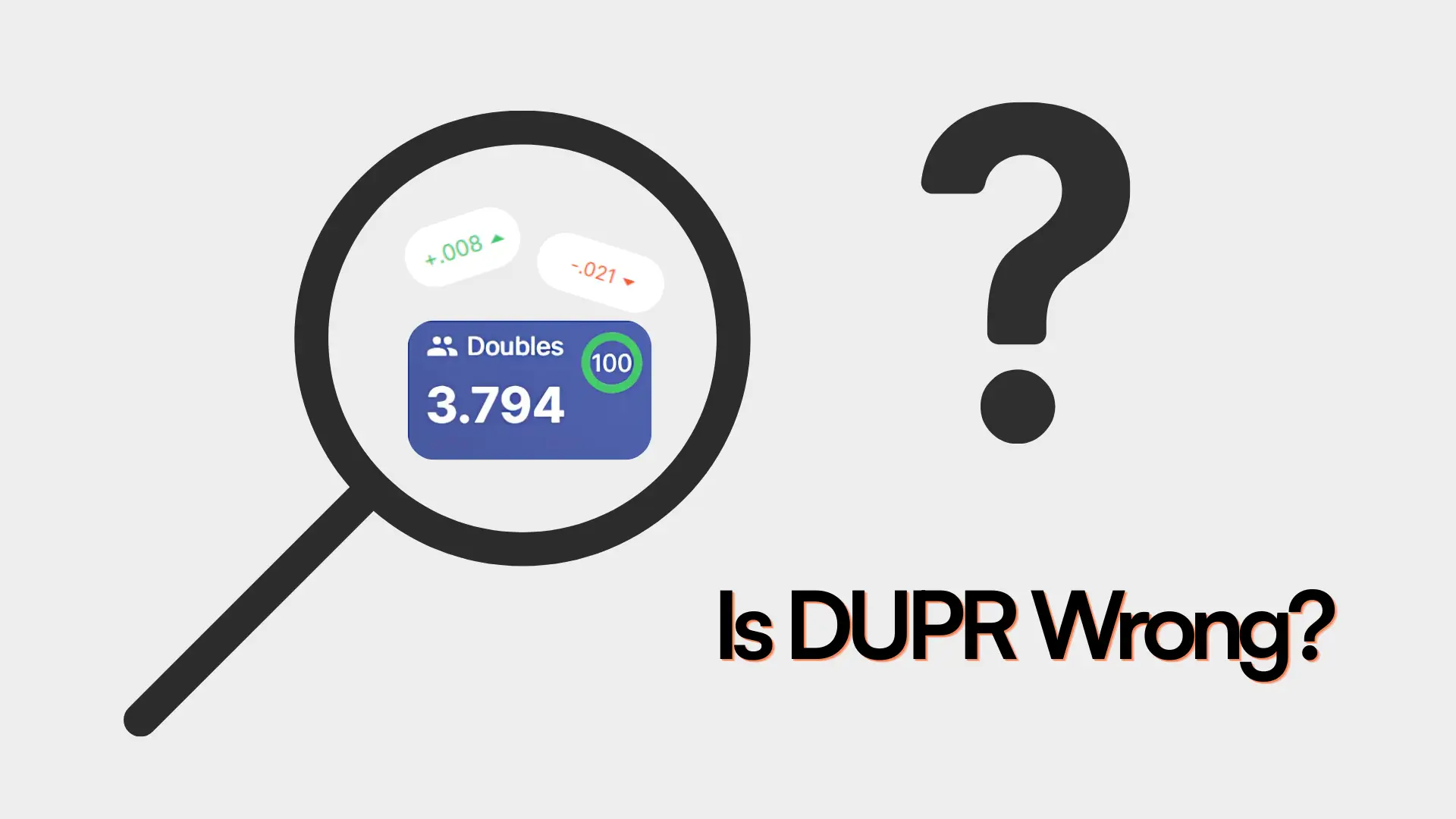Why I Switched to a Square Paddle in Pickleball (And Why You Should Too)
Why I switched from elongated paddles like the JOOLA Perseus, to widebody pickleball paddles like the JOOLA Scorpeus. Inspired by pros like Anna Bright and Federico Staksrud, discover the benefits of bigger sweet spots, faster hands, and easier play overall.
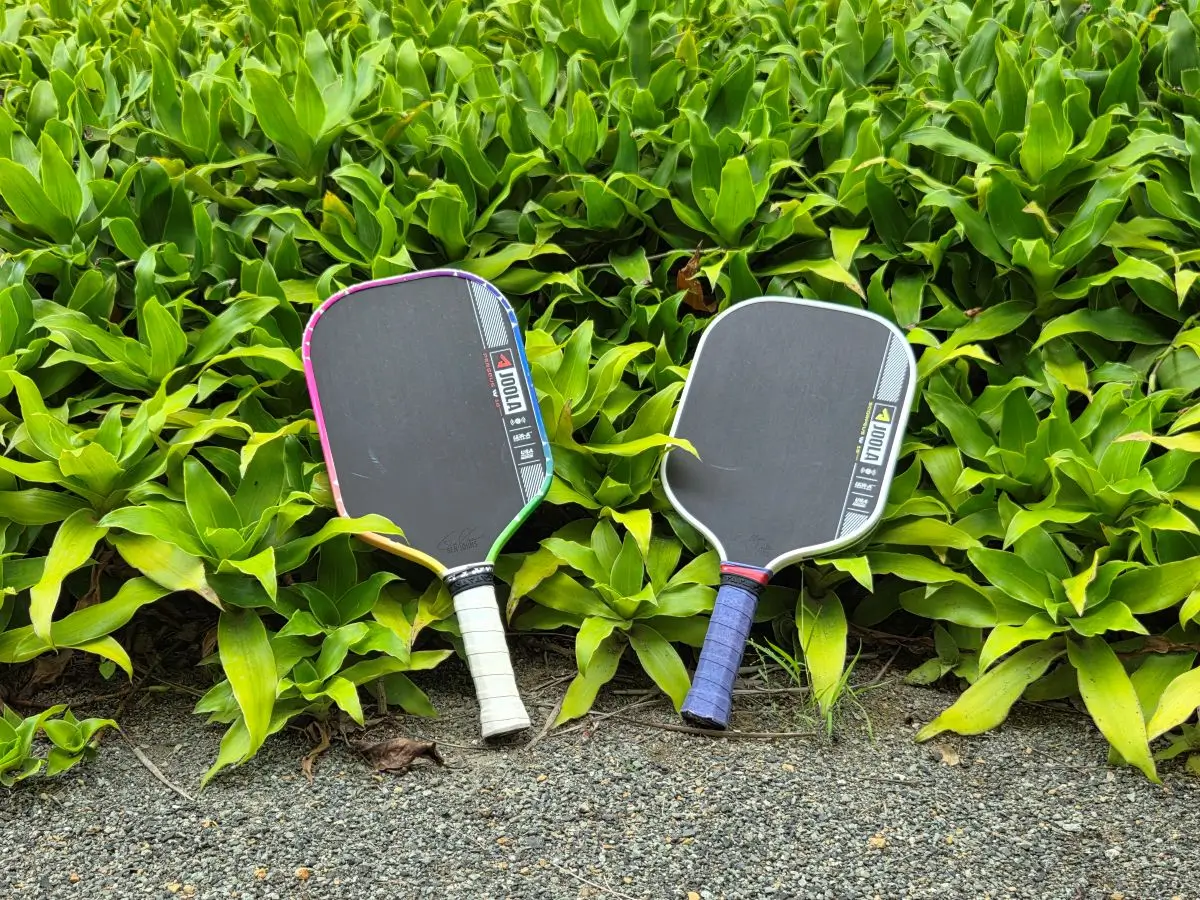
Ever since I started taking pickleball seriously back in January 2024, I’ve only been using elongated paddles. My paddle journey started with models like the JOOLA Perseus and the CRBN 1X, and more recently I've been playing with the JOOLA Perseus Pro IV 16mm. I've always stuck with that elongated long-handle design, convinced that was the best way to play. After all, it's the shape Ben Johns uses!
But after learning more about the widebody shape, I recently made the switch to one, the JOOLA Scorpeus. I know these paddles get lots of flak from the pickleball community. "Those paddle are for beginners" "That's a girl shape". While that may be true, let me explain to you why YOU should switch to a widebody, regardless of your skill level or background. Before we dive in, lets first take a quick look at widebody vs elongated shapes.
Elongated vs Wide-Body: What’s the Difference?
Here’s a quick comparison of the two shapes and what makes them unique.
%20small%20extra%20(1).webp)
An elongated paddle is designed with a longer, narrower face and a longer handle, which gives you more reach into the kitchen and extra leverage when generating power. Because of the length, you can get more whip on your shots, especially if you play with your hand closer to the base of the grip. The downside, though, is that the sweet spot is smaller and less forgiving, which means mishits can cost you. The paddle also feels a little heavier and slower to swing, so quick exchanges at the net can sometimes feel clunky or delayed.
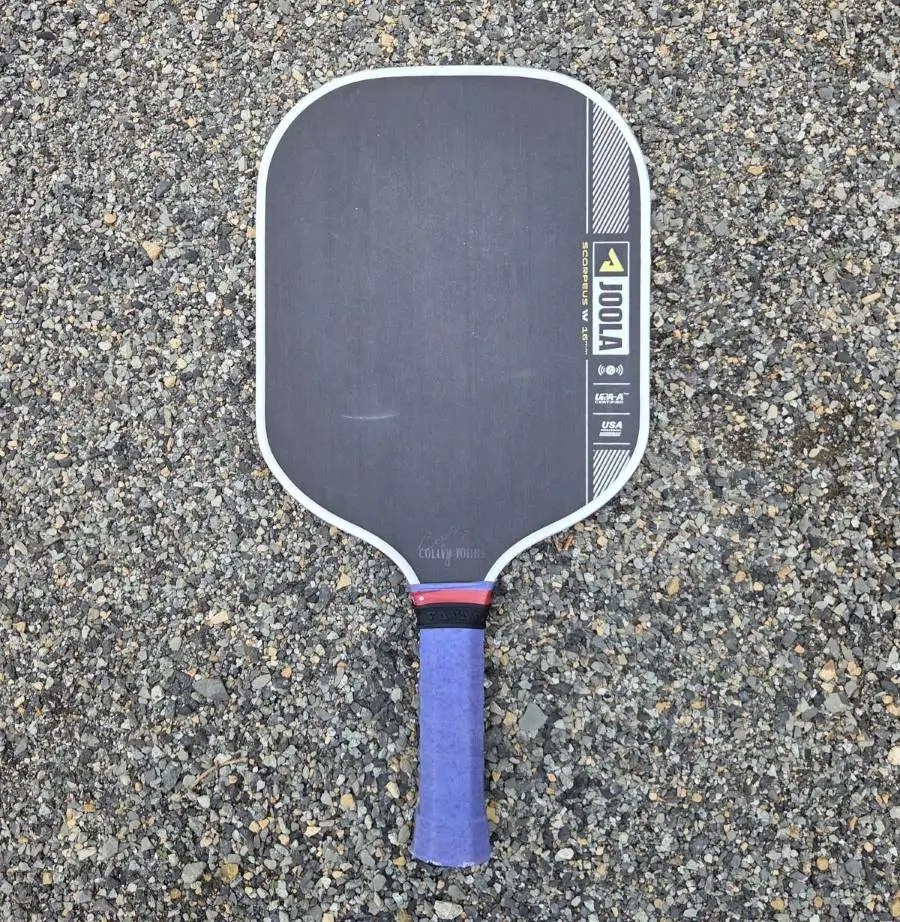
A widebody paddle, on the other hand, has a shorter and wider face paired with a shorter handle. You lose maybe an inch of reach compared to the elongated, but what you gain more than makes up for it. The sweet spot is noticeably larger and far more forgiving, so even off-center shots stay in play. Because the paddle is lighter and quicker through the air, maneuverability is much easier, especially in hand battles or quick reflex volleys. Drops, dinks, and resets feel more controlled, and the overall swing speed is faster and snappier. With good footwork, the slight loss of reach isn’t a real drawback at all.
Why I Made the Switch
The main reason I gave widebody paddles another look was the growing number of pros making the move. In her newsletter, Anna Bright said that when she switched to a widebody, it felt like “living life on easy mode,” and she wasn’t wrong. Federico Staksrud also switched from the Perseus 3s to a Scorpeus Pro IV after re-signing with JOOLA, and he’s been playing both doubles and singles with it. That caught my attention.
"For me, once I switched to a standard shape in August of 2022 there was absolutely no going back. It felt like I was now living life on easy mode." - Anna Bright
When I started playing with the Scorpeus 16mm, everything felt like it had leveled up. The paddle feels faster, cleaner, and more forgiving on every shot. Drops in particular are easier and way more consistent. And that bigger sweet spot meant fewer frustrating mishits.
It really does feel like the game slows down when you’ve got a paddle that you can trust. Every shot becomes easier to execute. You’re not fighting your paddle, you’re just playing your game.
What About Power?
One of the big supposed downsides to widebody paddles is that they can’t generate the same power as elongated shapes. That might’ve been true a few years ago, but with modern paddle technology, that gap has basically disappeared. My Scorpeus has all the pop I need, and I’ve seen the same from other widebody builds.
Final Thoughts
I’ll be honest: I don’t know if I’ll ever switch back to elongated. Every time I use my Perseus now, I end up going right back to the Scorpeus because it feels easier to play with. It’s like the paddle is working with me instead of against me.
Right now the only widebody I have is the Scorpeus 16mm Pro IV, but soon I’ll also be testing James Ignatowich’s new paddle, the RPM Friction Pro widebody model. I’ll be doing a full review once I’ve logged some court hours with it. For now, though, I can confidently say the widebody has earned its spot in my bag.
If you’ve been on the fence about trying one, my advice is give it a shot. That one inch of lost reach is nothing compared to the extra forgiveness, speed, and confidence you gain. Like Anna Bright said, it's literally playing pickleball on easy mode.



